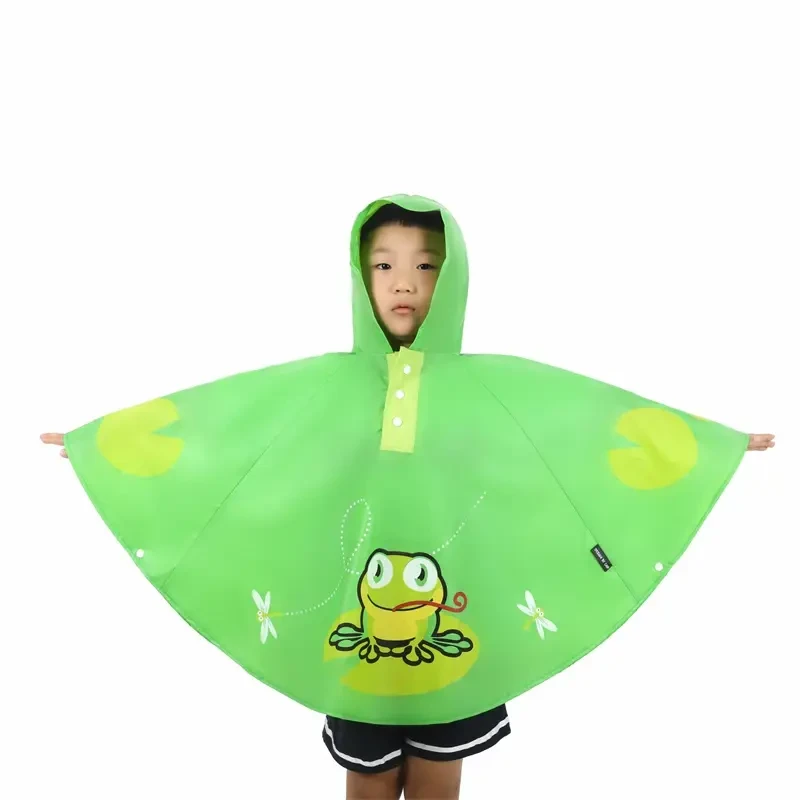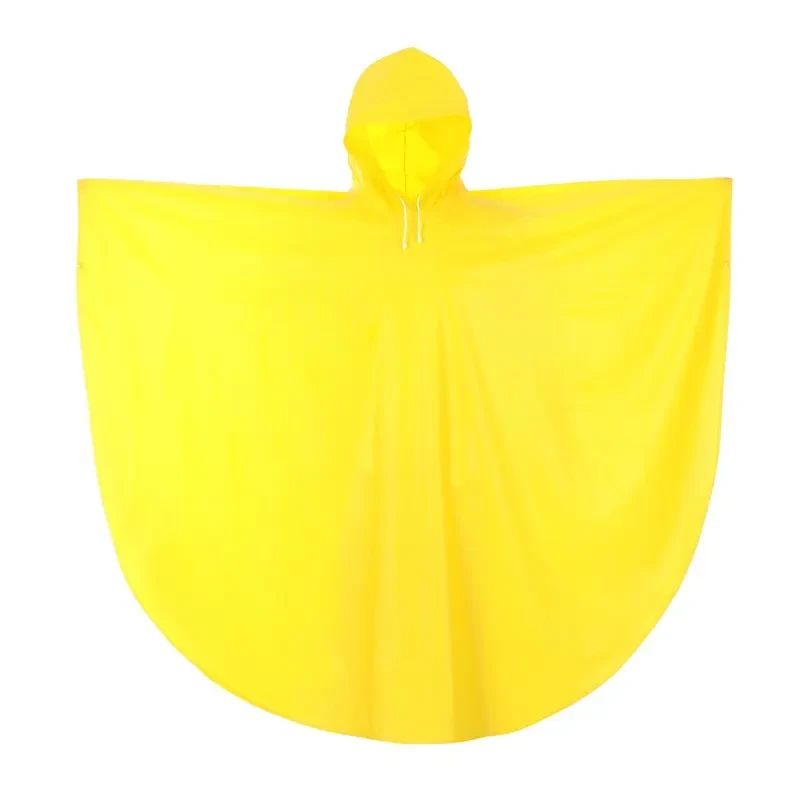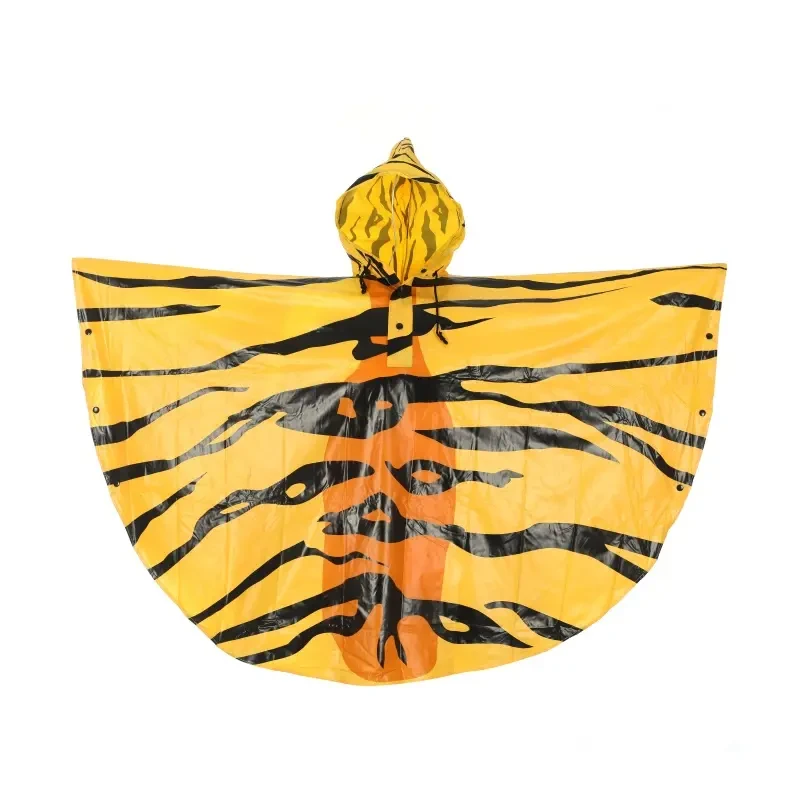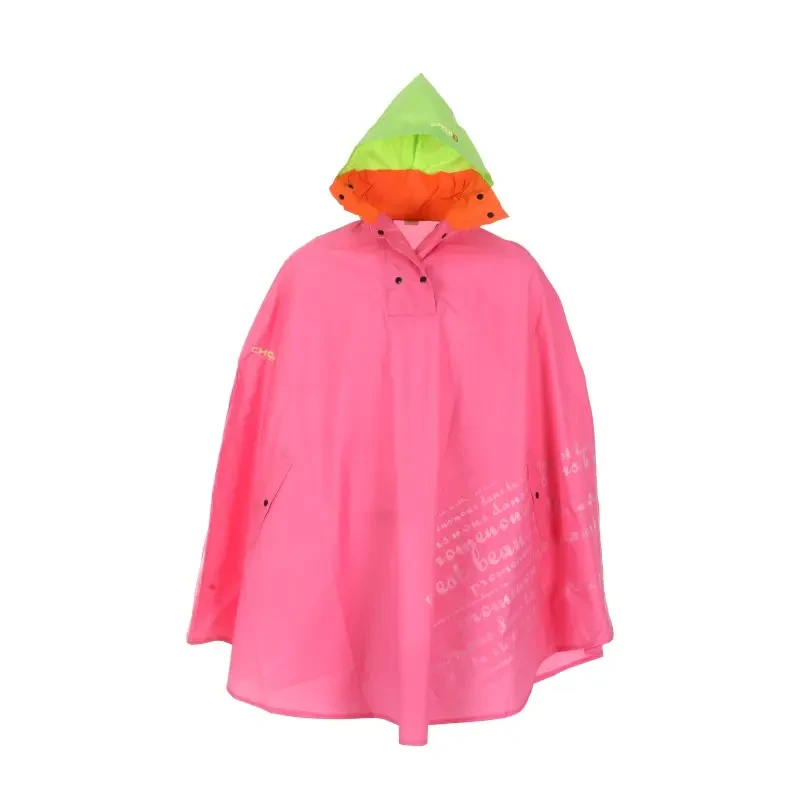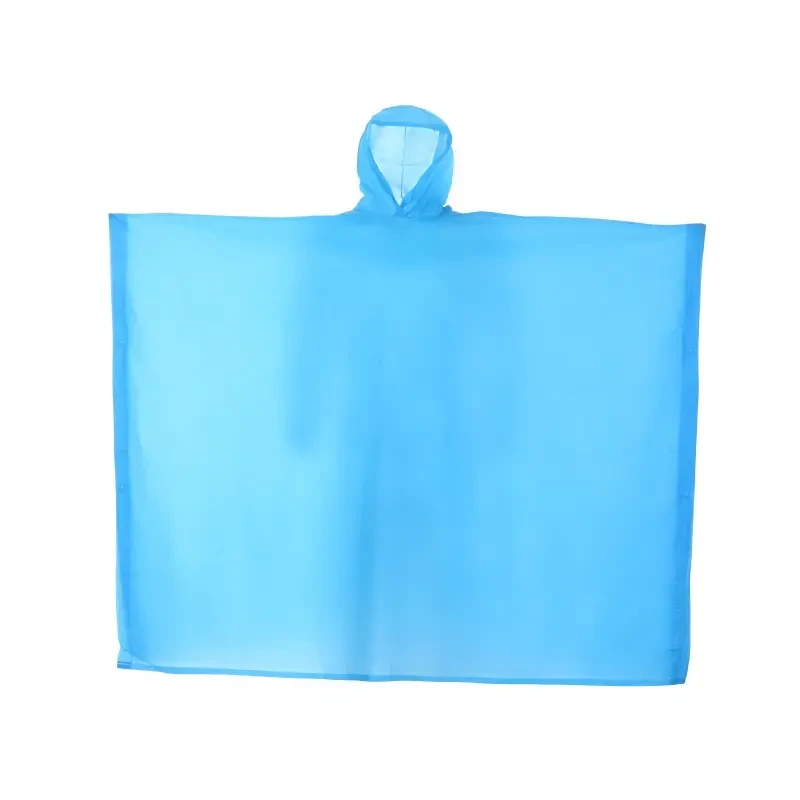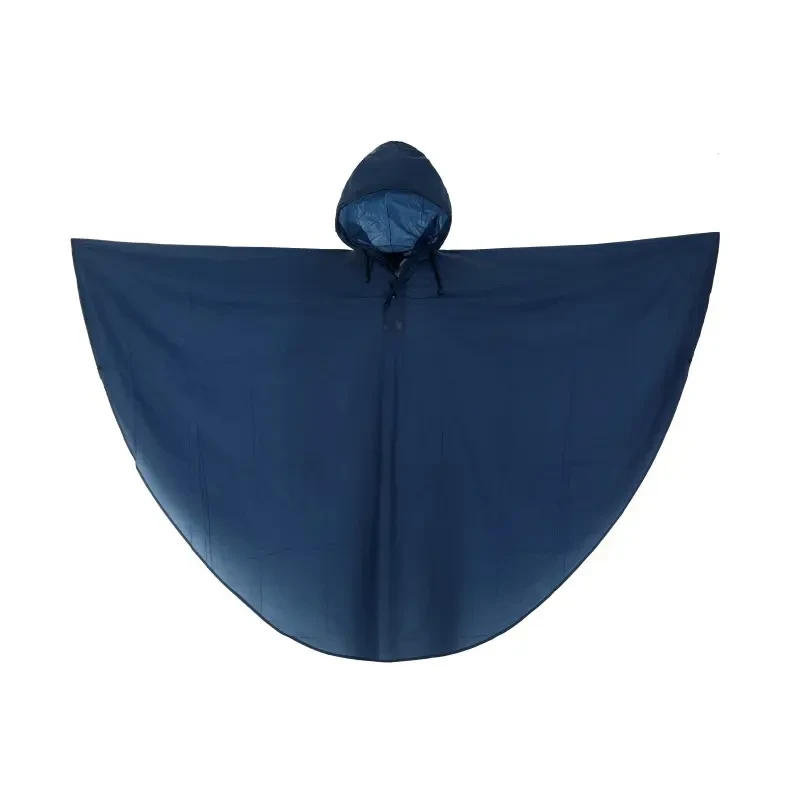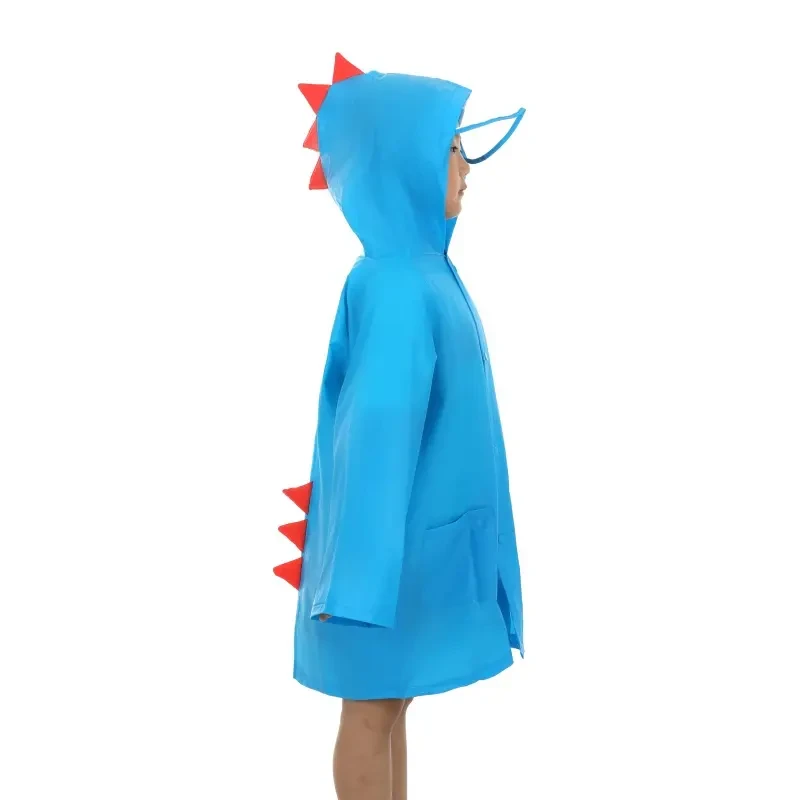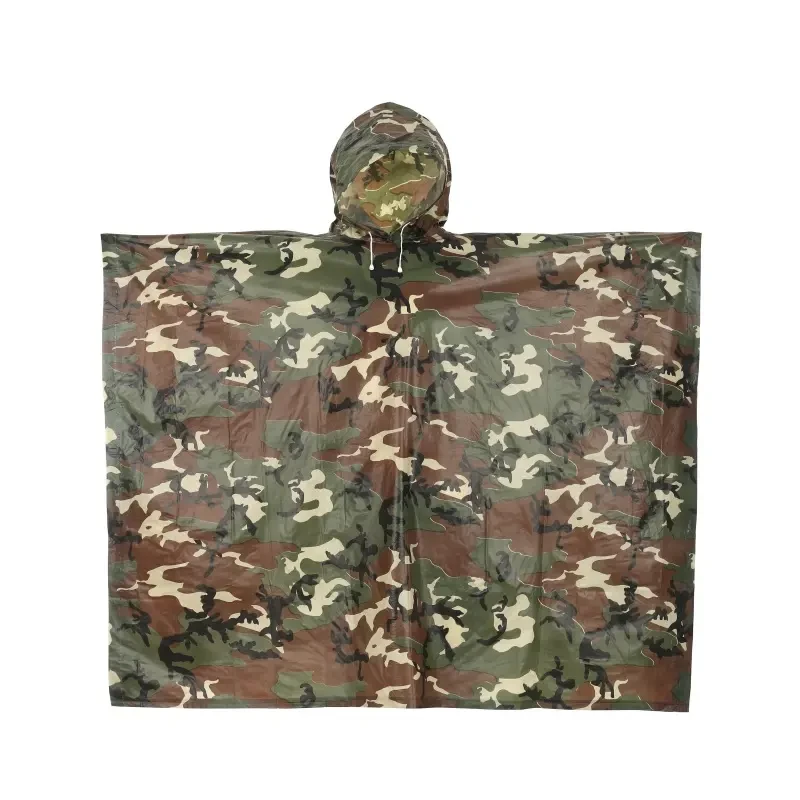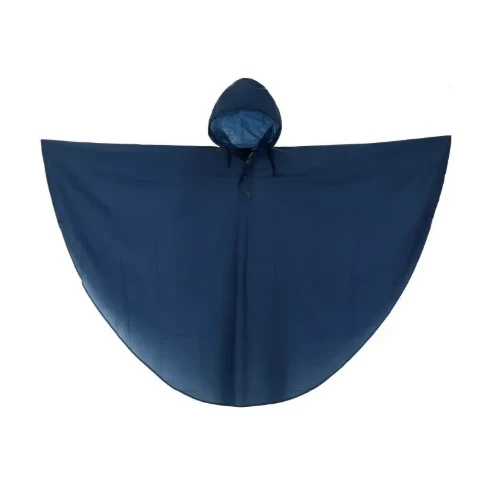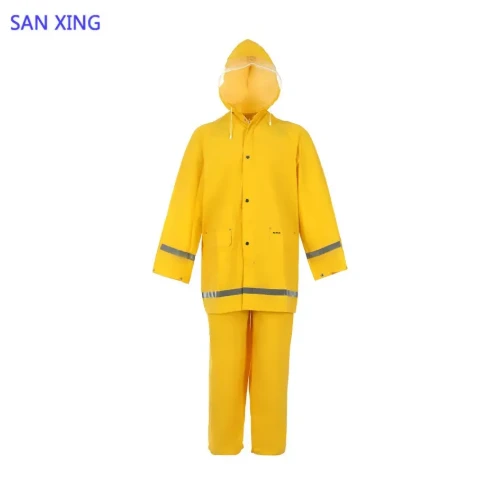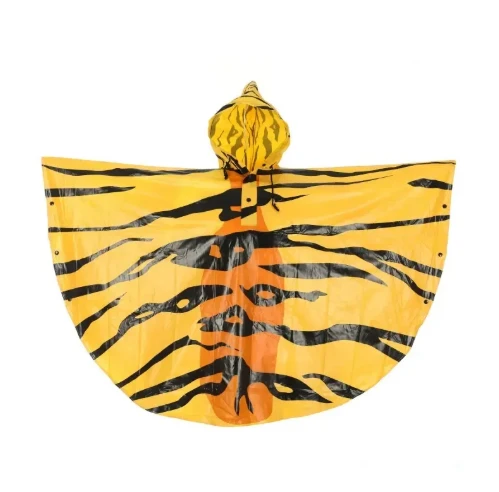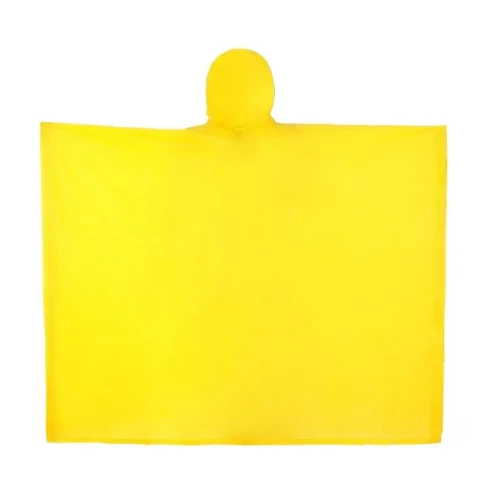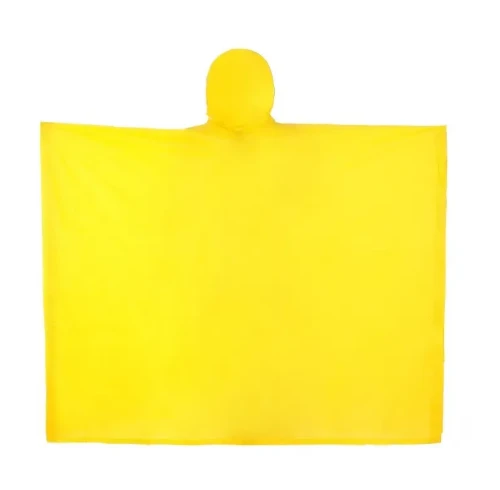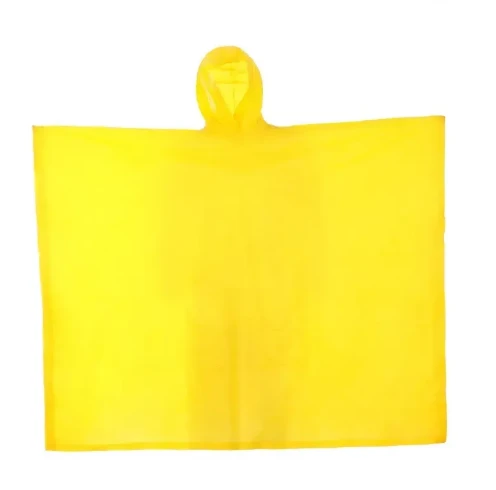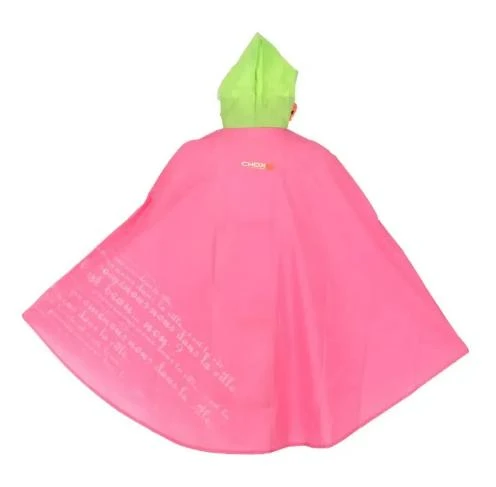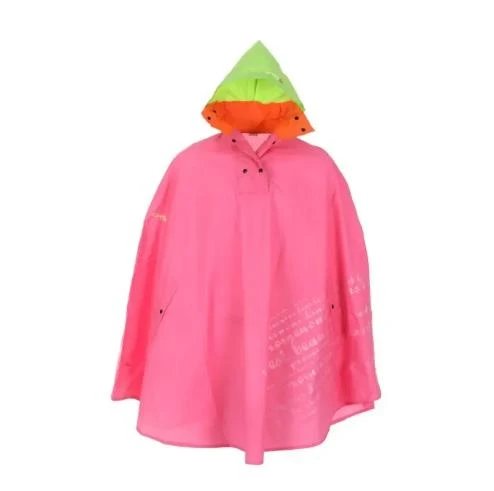
- Afrikaans
- Albanian
- Amharic
- Arabic
- Armenian
- Azerbaijani
- Basque
- Belarusian
- Bengali
- Bosnian
- Bulgarian
- Catalan
- Cebuano
- Corsican
- Croatian
- Czech
- Danish
- Dutch
- English
- Esperanto
- Estonian
- Finnish
- French
- Frisian
- Galician
- Georgian
- German
- Greek
- Gujarati
- Haitian Creole
- hausa
- hawaiian
- Hebrew
- Hindi
- Miao
- Hungarian
- Icelandic
- igbo
- Indonesian
- irish
- Italian
- Japanese
- Javanese
- Kannada
- kazakh
- Khmer
- Rwandese
- Korean
- Kurdish
- Kyrgyz
- Lao
- Latin
- Latvian
- Lithuanian
- Luxembourgish
- Macedonian
- Malgashi
- Malay
- Malayalam
- Maltese
- Maori
- Marathi
- Mongolian
- Myanmar
- Nepali
- Norwegian
- Norwegian
- Occitan
- Pashto
- Persian
- Polish
- Portuguese
- Punjabi
- Romanian
- Russian
- Samoan
- Scottish Gaelic
- Serbian
- Sesotho
- Shona
- Sindhi
- Sinhala
- Slovak
- Slovenian
- Somali
- Spanish
- Sundanese
- Swahili
- Swedish
- Tagalog
- Tajik
- Tamil
- Tatar
- Telugu
- Thai
- Turkish
- Turkmen
- Ukrainian
- Urdu
- Uighur
- Uzbek
- Vietnamese
- Welsh
- Bantu
- Yiddish
- Yoruba
מאי . 18, 2025 04:10
- Introduction to Weather-Resistant Outdoor Gear
- Technical Innovations in Modern Rainwear
- Performance Comparison: Leading Brands Analyzed
- Custom Solutions for Different Hiking Needs
- Real-World Applications and User Testimonials
- Material Durability and Sustainability Insights
- Why a Hiking Raincoat is Essential for Adventure
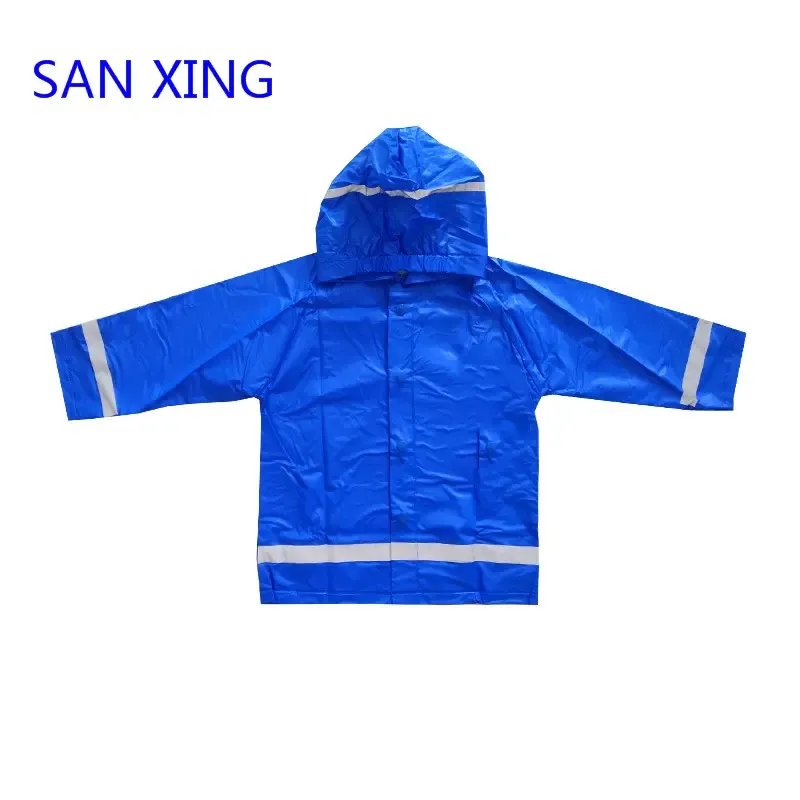
(hiking raincoat)
Introduction to Weather-Resistant Outdoor Gear
Outdoor enthusiasts understand the unpredictability of nature. A reliable hiking raincoat
isn’t just an accessory—it’s a necessity. With 72% of hikers citing weather changes as their top concern during expeditions, waterproof gear has become critical. Modern designs blend functionality with lightweight materials, ensuring mobility without compromising protection. This blog explores advancements in rainwear, focusing on hiking rain ponchos and military-grade raincoats for men, to help you make informed decisions.
Technical Innovations in Modern Rainwear
The evolution of rainwear technology addresses two primary challenges: breathability and durability. Brands now utilize 3-layer laminated fabrics with hydrostatic resistance exceeding 20,000mm, paired with moisture-wicking liners that reduce sweat buildup by 40%. Seam-sealing techniques have advanced, with ultrasonic welding replacing traditional stitching to eliminate leakage points. For instance, the latest military raincoat for men integrates RFID-blocking pockets and modular attachment systems, reflecting dual-purpose utility.
Performance Comparison: Leading Brands Analyzed
| Brand | Price Range | Material | Waterproof Rating | Breathability (g/m²/24h) | Additional Features |
|---|---|---|---|---|---|
| AlphaStorm Pro | $120-$150 | 50D Ripstop Nylon | 25,000mm | 15,000 | Adjustable hood, pit zips |
| TerraShield Military | $90-$130 | 70D Polyester-PU | 18,000mm | 12,500 | Reinforced elbows, camo patterns |
| TrailMaster Ultra | $80-$110 | 40D Silicone-coated | 15,000mm | 10,000 | Packable design, 12-color options |
Custom Solutions for Different Hiking Needs
Tailored rainwear solutions cater to diverse environments. For alpine treks, extended back panels and underarm vents prevent heat retention. Urban hikers prioritize compact hiking rain ponchos weighing under 300g, while military users require abrasion-resistant panels and infrared-reduction finishes. Customization extends to sizing—brands like FeldGuard offer modular designs compatible with body armor, meeting MIL-SPEC standards.
Real-World Applications and User Testimonials
Field tests in Scotland’s Cairngorms demonstrated that hikers using premium hiking raincoats experienced 80% less moisture ingress compared to budget alternatives. One user noted: “After 6 hours in torrential rain, my gear remained dry, and the adjustable cuffs prevented sleeve ride-up.” Similarly, military units reported a 30% reduction in hypothermia cases after adopting thermally insulated rainwear during winter deployments.
Material Durability and Sustainability Insights
Eco-conscious manufacturing is reshaping the industry. Recycled PET fabrics now constitute 65% of premium rainwear, reducing landfill waste without sacrificing tensile strength. Brands like EcoShield utilize plant-based DWR coatings, achieving 95% biodegradability within five years. Independent lab tests confirm these materials withstand 200+ wash cycles while maintaining 90% waterproof efficacy.
Why a Hiking Raincoat is Essential for Adventure
Investing in a high-performance hiking raincoat directly impacts safety and comfort. Data shows that 68% of weather-related injuries occur due to inadequate gear. Whether navigating rainforests or urban trails, advanced rainwear mitigates risks while enhancing endurance. As technology evolves, the fusion of ruggedness and adaptability ensures your next adventure remains uninterrupted, rain or shine.
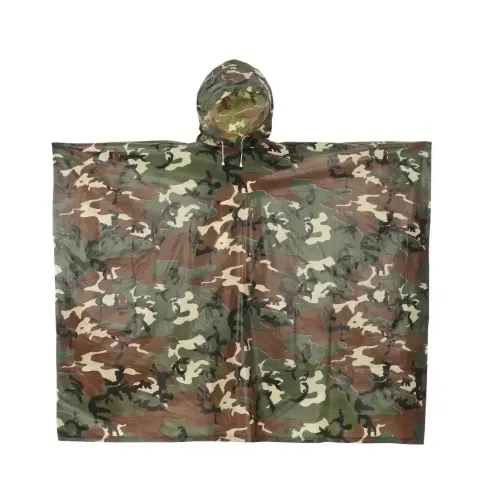
(hiking raincoat)
FAQS on hiking raincoat
Q: What features make hiking raincoats suitable for outdoor activities?
A: Hiking raincoats are designed with waterproof, breathable materials like Gore-Tex, lightweight construction for mobility, and adjustable hoods/cuffs. They prioritize weather protection without sacrificing comfort during long hikes.
Q: How does a hiking rain poncho differ from a standard hiking raincoat?
A: Rain ponchos offer full-body coverage with loose designs for ventilation, while raincoats provide fitted protection. Ponchos are easier to pack but less wind-resistant, making them ideal for light rain or emergency use.
Q: Are military raincoats for men practical for civilian hiking?
A: Military raincoats feature heavy-duty waterproof fabrics and reinforced seams for extreme conditions. While durable, they may be heavier than hiking-specific options and lack specialized hiking features like pit zips.
Q: What should I prioritize when choosing between hiking rainwear types?
A: Consider activity intensity and weather severity: raincoats for technical hikes, ponchos for casual trails, and military coats for rugged terrain. Always verify waterproof ratings (e.g., 10,000mm+) and packability.
Q: How do I maintain waterproofing in hiking rainwear?
A: Wash with technical detergent, avoid fabric softeners, and reapply DWR coating annually. Store fully dry to prevent mildew, and repair minor tears with waterproof tape to preserve performance.
Related Products
Related News



